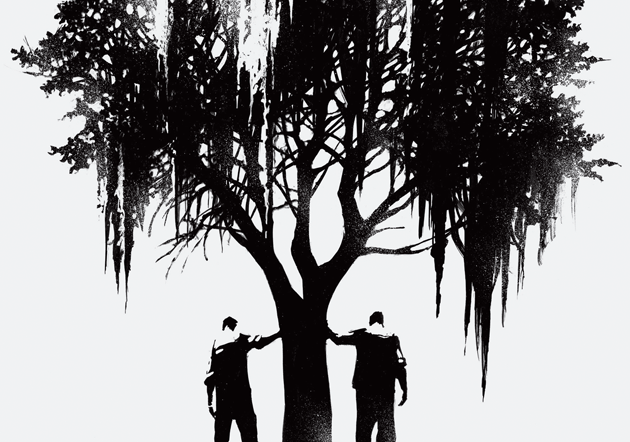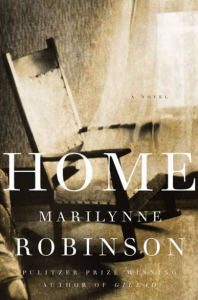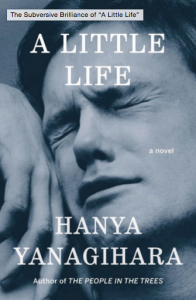Students in my religion writing class read an excerpt this week, published in Harper’s, from Marilynne Robinson’s Home. A companion piece was a 2012 essay by Paul Elie, published in The New York Times Sunday book review, “Has Fiction Lost Its Faith?” In Elie’s essay, he makes use of Flannery O’Connor’s claim from a half-century ago that “the struggle ‘to make belief believable’ [was] the struggle for the attention of the indifferent reader.” I asked my students to look into Robinson’s writing to find moments where belief, religious or not, seemed believable and won their attention. They’ll be posting their responses on their own portfolios.
For more context, I brought to class an essay by Jon Michaud, published on the New Yorker’s Page-Turner blog last April, about Hanya Yanihigara’s A Little Life. Michaud apparently believes Elie’s claim that contemporary literary fiction is not dealing adequately with matters of faith (Christian faith, specifically, is Elie’s claim—the Paris Review‘s Lorin Stein sees one notable exception in David Foster Wallace, which is relevant to my other course). For Michaud, that few works of literary fiction “these days have any religious cast” is perhaps why “they rarely depict extreme suffering—because it is a nearly impossible subject to engage with directly if you are not going to offer some kind of spiritual solution.” In A Little Life, however, which deals in—and doles out—lots of extreme suffering, says Michaud, “pain is not a message from God, or a path to enlightenment, and yet Yanigihara listens to it anyway.” And with all that listening she’s able to create believable belief without spiritual absolution. Michaud concludes, “And in this godless world, friendship is the only solace available to any of us.”


